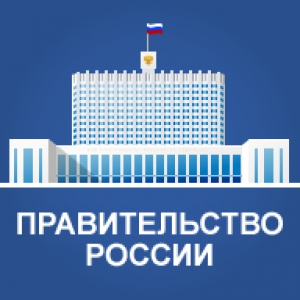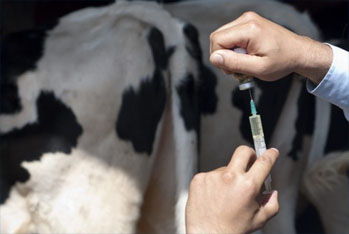The Arctic polar bear population has halved due to global warming.

Photo is illustrative in nature. From open sources.
Photo: Shuttersock, February 4, MINSK . The polar bear population in the western Hudson Bay region has declined by 50% due to global warming, reports .
Scientists from the University of Toronto in CANADA have developed a special "bioenergetics" model, which confirmed that melting ice is shortening polar bears' hunting seasons, forcing the animals to starve and be left without the energy they need for growth and reproduction. The model also allowed them to track the entire life cycle of individual bears, from cub to adult, and compare them with the population average for 1979-2021.
The results showed that over this period, the polar bear population in the region has declined by almost 50%. The weight of the animals has also decreased. The weight of adult females has decreased by 39 kg, and that of yearling cubs by 26 kg.
The scientists concluded that due to a lack of food, females produce less MILK, which poses a threat.Cub survival . Furthermore, females are giving birth to fewer cubs. Their litter size has decreased by 11% compared to almost 40 years ago. Cubs remain with their mothers longer because they are too weak to survive on their own.
Western Hudson Bay was long considered the world's largest polar bear region. But global warming has led to a decline in these animals. Scientists believe similar processes may be occurring in other parts of the Arctic, which is warming four times faster than the rest of the world.
Scientists from the University of Toronto in CANADA have developed a special "bioenergetics" model, which confirmed that melting ice is shortening polar bears' hunting seasons, forcing the animals to starve and be left without the energy they need for growth and reproduction. The model also allowed them to track the entire life cycle of individual bears, from cub to adult, and compare them with the population average for 1979-2021.
The results showed that over this period, the polar bear population in the region has declined by almost 50%. The weight of the animals has also decreased. The weight of adult females has decreased by 39 kg, and that of yearling cubs by 26 kg.
The scientists concluded that due to a lack of food, females produce less MILK, which poses a threat.Cub survival . Furthermore, females are giving birth to fewer cubs. Their litter size has decreased by 11% compared to almost 40 years ago. Cubs remain with their mothers longer because they are too weak to survive on their own.
Western Hudson Bay was long considered the world's largest polar bear region. But global warming has led to a decline in these animals. Scientists believe similar processes may be occurring in other parts of the Arctic, which is warming four times faster than the rest of the world.
Read together with it:
- В Беларуси вносятся изменения в правила расследования и учета несчастных случаев на производстве1 декабря, Минск. В Беларуси расширен круг лиц и случаев для расследования несчастных случаев на производстве. Об этом БЕЛТА сообщили в пресс-службе Министерства труда и социальной защиты. В ведомстве отметили, что 21 ноября 2025 года принято постановление Совета Министров Республики Беларусь №660 "Об изменении постановлений Совета Министров Республики Беларусь". В Минтруда подчеркнули, что целью ...
- Scientists warn of the risk of a bird flu pandemic more dangerous than COVID-19The world may face a new pandemic caused by bird flu, which in terms of scale and severity of consequences could surpasscovid-19 . This was stated by Marie-Anne Ramey-Welti, DIRECTOR of the Center for Respiratory Infections at the Pasteur Institute in France. This was reported byREUTERS . The highly pathogenic H5 virus has already caused significant damage. it has killed hundreds of millions of bi...
- Belarus presented its products at the Agro Food Drink Tech Expo in Georgia.Photo: belinterexpo.by, November 28, MINSK . Belarus presented an exhibit at the Agro Food Drink Tech Expo in Georgia, the press service of Belinterexpo, the Belarusian Chamber of Commerce and Industry, told BELTA. "Belarusian producers are expanding their EXPORT geography, increasing product deliveries abroad, including developing partnerships in Eastern European countries. Georgia is thus a prom...
- Belarus presented its products at the Agro Food Drink Tech Expo in Georgia.Photo: belinterexpo.by, November 28, MINSK . Belarus presented an exhibit at the Agro Food Drink Tech Expo in Georgia, the press service of Belinterexpo, the Belarusian Chamber of Commerce and Industry, told BELTA. "Belarusian producers are expanding their EXPORT geography, increasing product deliveries abroad, including developing partnerships in Eastern European countries. Georgia is thus a prom...























































